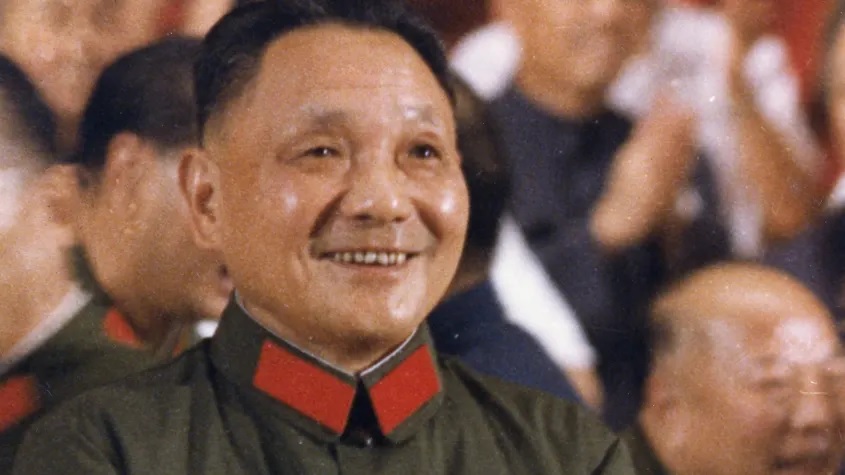Great change has remained the trend around the globe since the 1970s. With the conclusion of the Third Plenary Session of the 11th CPC Central Committee in late 1978, China ushered in a new era of reform and opening up and socialist modernization.
It was against this background that Deng Xiaoping Theory gradually formed and developed, based on a review of China’s successes and setbacks in developing socialism and drawing on the rise and fall of other socialist countries.
Addressing the closing session of the CPC Central Work Conference in December 1978, Deng Xiaoping delivered a speech entitled “Emancipate the Mind, Seek Truth from Facts, and Unite as One in Looking to the Future.” This was a statement proclaiming China’s new era, new path, and new theory on socialism with Chinese characteristics. At the Third Plenary Session of the 11th CPC Central Committee that followed, the Party decided to shift the focus of the Party and the country to socialist modernization, thus raising the curtain for reform and opening up. This is deemed the embryo of Deng Xiaoping Theory.
At the Party’s 12th National Congress in September 1982, Deng Xiaoping first raised the subject of “building socialism with Chinese characteristics.” The Party’s 13th National Congress in 1987 elaborated on the theory on the primary stage of socialism and the guideline for building socialism with Chinese characteristics in this stage. Based on a review since the late 1970s, the congress summarized Deng’s observations on China’s socialism in terms of the stage, tasks, motivation, conditions, and general plan, as well as international situation. These constitute an outline of the theory on socialism with Chinese characteristics.
In early 1992, Deng made a tour of south China and in speeches at various locations, he provided timely answers to such questions as what is socialism, and how to build socialism, which helped people free their minds and boosted their confidence in socialism.
In his report to the 14th CPC National Congress held in October 1992, Jiang Zemin (b. 1926) summarized the theory on building socialism with Chinese characteristics under nine headings: path of development, stages of development, fundamental task, motive force, external conditions, political guarantees, strategic plan, leading force and forces to rely on, and China’s reunification. This established Deng’s theory on Chinese socialism as the guidance for the whole Party.
At the 15th CPC National Congress held in September 1997, the theory initiated by Deng Xiaoping on building socialism with Chinese characteristics was named Deng Xiaoping Theory, designated together with Marxism-Leninism and Mao Zedong Thought as the guiding thought and guide to action of the CPC, and written into the Party Constitution. In 1999, the Second Session of the Ninth National People’s Congress (NPC) wrote this theory into the Chinese Constitution.
Deng Xiaoping Theory is a complete scientific system that embraces philosophy, political economics and scientific socialism. It covers, among other things, the economy, politics, science and technology, education, culture, ethnic affairs, military affairs, foreign affairs, the united front, and Party development. It provides answers to a number of basic questions about Chinese socialism, including the ideological guideline and nature of socialism, the path and stages of socialist development, the fundamental tasks, the development strategy and driving forces behind socialism, the opening up of socialist countries, the reform of socialist political and economic structures, the political guarantees for socialist development, the diplomatic strategies for a socialist country, China’s reunification, the forces to rely on for China’s socialism, the military and defense of a socialist country, and the leadership core of socialism.
Deng Xiaoping Theory carries forward and develops Mao Zedong Thought in China’s new historical conditions. It is the second historic step in adapting Marxism to China’s conditions and is the crystallization of the wisdom of the entire Party. The theory guided China in making a number of major changes from focusing on class struggle to focusing on economic development, from a closed and semi-closed state to reform and opening up, and from a planned economy to a socialist market economy, achieving political stability, economic development, and ethnic solidarity, and enhancing socialist productive forces, comprehensive national strength, and standards of living.
Original writeup by The Academy of Contemporary China and World Studies for The Centenary of the CPC Special Edition, http://www.china.org.cn/

